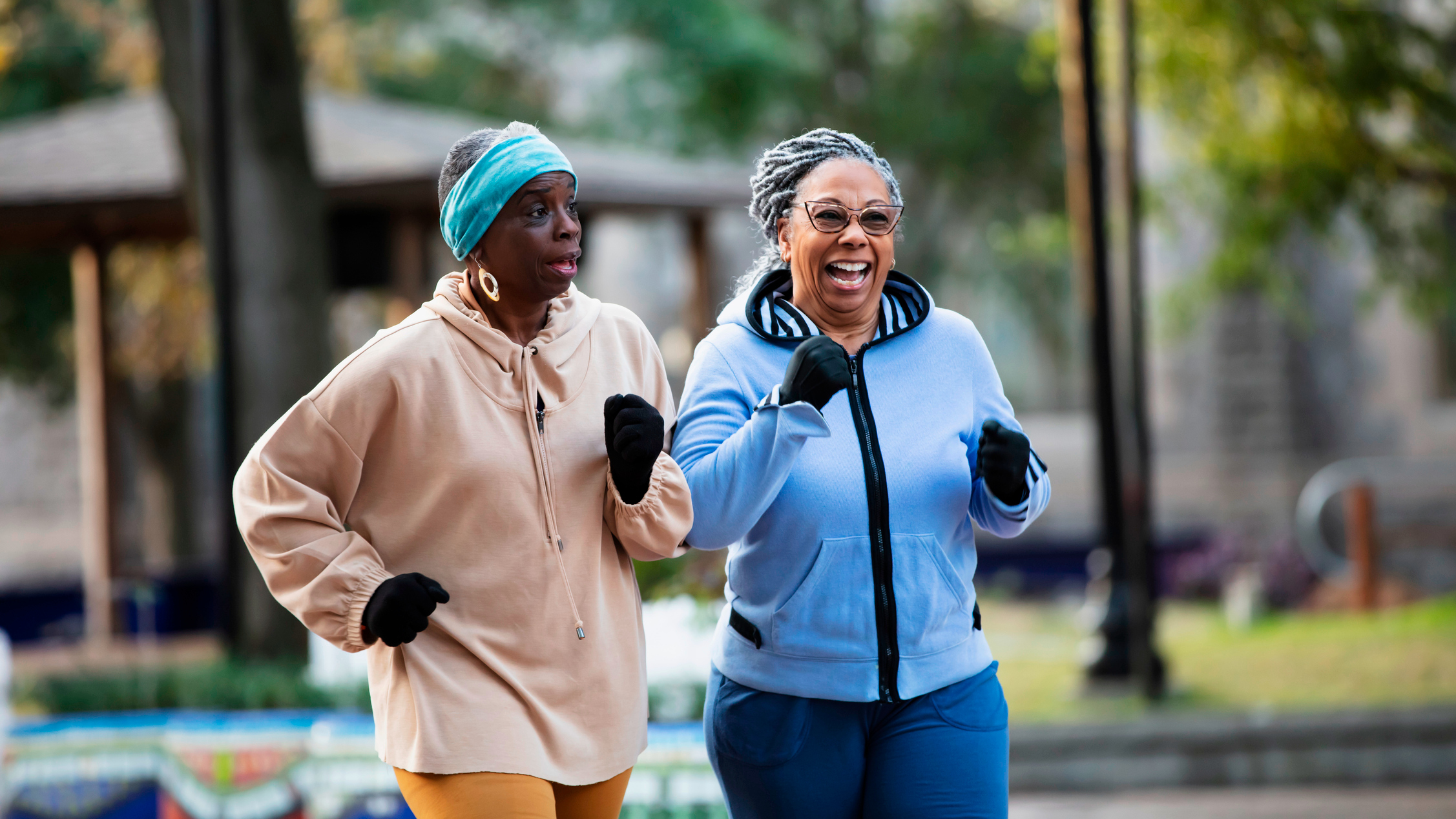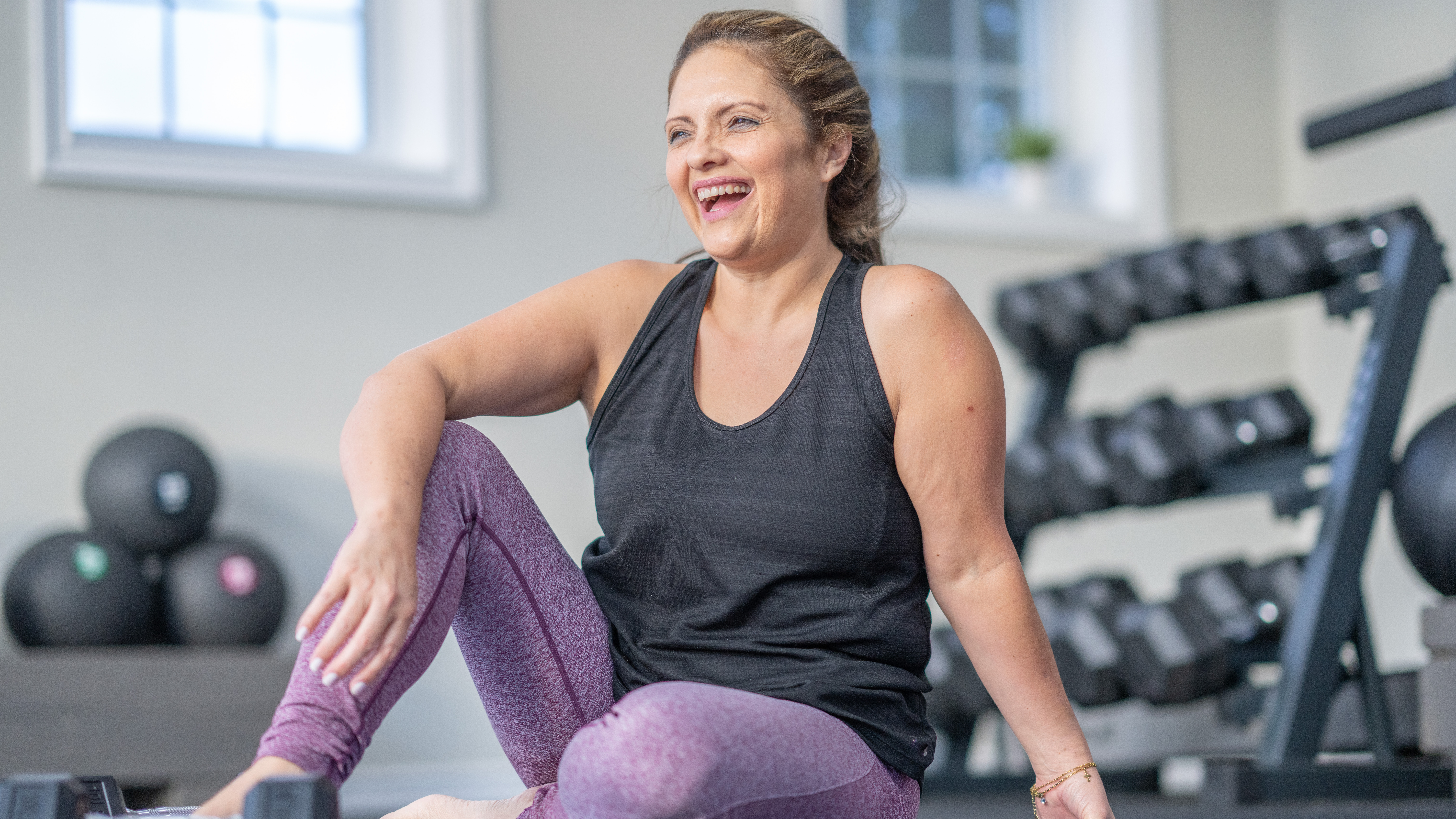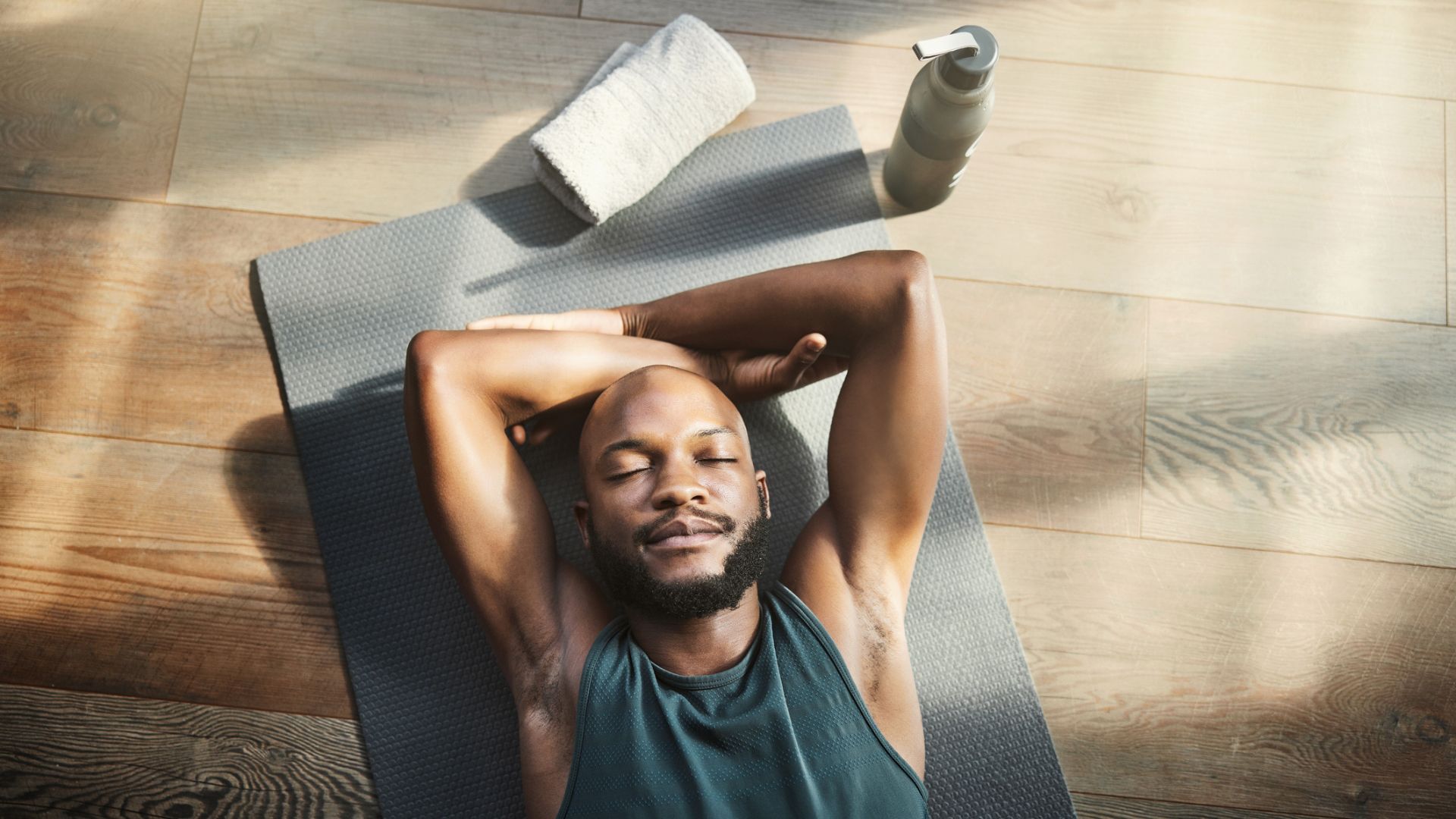The 3x3 interval walking workout is the perfect cardio-boosting, muscle-preserving practice and you can easily add it to your daily routine
Harness the health-promoting benefits of interval walking training

Walking is good for you, but if you want to get more health benefits from the time you spend doing it, try the little-known interval walking training method. IWT, as it's known in research circles, is a straightforward training routine that alternates between fast and slow walking intervals.
Like high-intensity interval training (HIIT) and its lesser-known sibling low-intensity steady state (LISS), it's a well-researched workout protocol shown to deliver a raft of health benefits such as reducing high blood pressure.
But unlike HIIT and LISS, the barrier to entry to practice IWT is much lower.
How to perform the 3X3 interval walking workout
The beauty of IWT is that it can be done anywhere. On your commute, while walking the dog or taking the kids to school, in the park, on the pavement or on a treadmill.
Yet, as with any new workout program, I'd always recommend starting gently and gradually increasing the workload as your fitness improves.
That certainly applies with IWT if you're relatively unaccustomed to exercise. To ease you into the protocol, I've created a modified version below to help you get started.
Make sure you're wearing comfortable trainers or walking shoes, and ideally start off on flat even ground rather than heading for the hills.
Get the Fit&Well Newsletter
Start your week with achievable workout ideas, health tips and wellbeing advice in your inbox.
3x3 workout for for beginners
- Walk Slow. Walk at a pace around 40% of your top walking speed—or a four out of 10 on the rate of perceived exertion scale (RPE)—for three minutes.
- Walk Fast. Step up the pace to 70% of your max walking speed—or a seven out of 10—for one minute.
- Walk Slow. Walk at 40% pace for three minutes.
- Walk Fast. Walk at 70% pace for two minutes.
- Walk Slow. Walk at 40% pace for three minutes.
- Walk Fast. Walk at 70% pace for two minutes.
In total that works out at 14 minutes. Aim to repeat this routine 3-4 times per week.
As your fitness improves, nudge the first fast walking interval up to two minutes, and then increase one of the fast walking intervals up to three minutes one workout at a time. Then increase the number of intervals from three, to four, and finally to five to complete the 3x3 workout as intended.
3x3 workout
- 3 minutes of slow walking at 40%
- 3 minutes of fast walking at 70%
- Repeated five times per workout
- Repeated four times per week
Benefits of Interval Walking Training
Originally developed in Japan as a means to get middle-aged and older individuals moving, early iterations consisted of five repeated cycles of fast and slow walking. Each interval was performed for three minutes, alternating between speeds equal to or above 70% and around 40% of the individual's peak aerobic capacity.
One 2009 study on its merits found that five months of IWT performed on four days per week increased physical fitness and "improved the indices of lifestyle-related diseases" by an average of 10-20%.
A more recent study from 2023 on people with type 2 diabetes found 60 minutes of fast walking per week over the course of 20 weeks led to an increase in VO2 peak—a measure of cardiovascular fitness—by 10%, along with several other beneficial effects.
"Regardless of the amount of fast walking time, we observed a significant increase in HDL cholesterol levels, an improvement tendency in triglycerides, body mass index (BMI), hepatic fat mass, abdominal visceral fat mass, and muscle strength," the study authors noted.
"In addition, the participants who achieved the target fast walking time showed a significant increase in VO2 peak."
Other positive side-effects of regular IWT for older populations include reducing blood pressure, retaining muscle strength and mass and improving aerobic fitness.

Sam Rider is an experienced freelance journalist, specialising in health, fitness and wellness. He is also a REPS level 3 qualified personal trainer.
-
 "If I could choose just five moves to future-proof my body, these would be it"—A trainer says this longevity workout will help you build lasting strength and mobility
"If I could choose just five moves to future-proof my body, these would be it"—A trainer says this longevity workout will help you build lasting strength and mobilityBy Lou Mudge
-
 I tried four exercises designed to get rid of shoulder knots and I was surprised by the results
I tried four exercises designed to get rid of shoulder knots and I was surprised by the resultsA yoga instructor recommends this routine for reducing tightness in your upper body
By Alice Porter